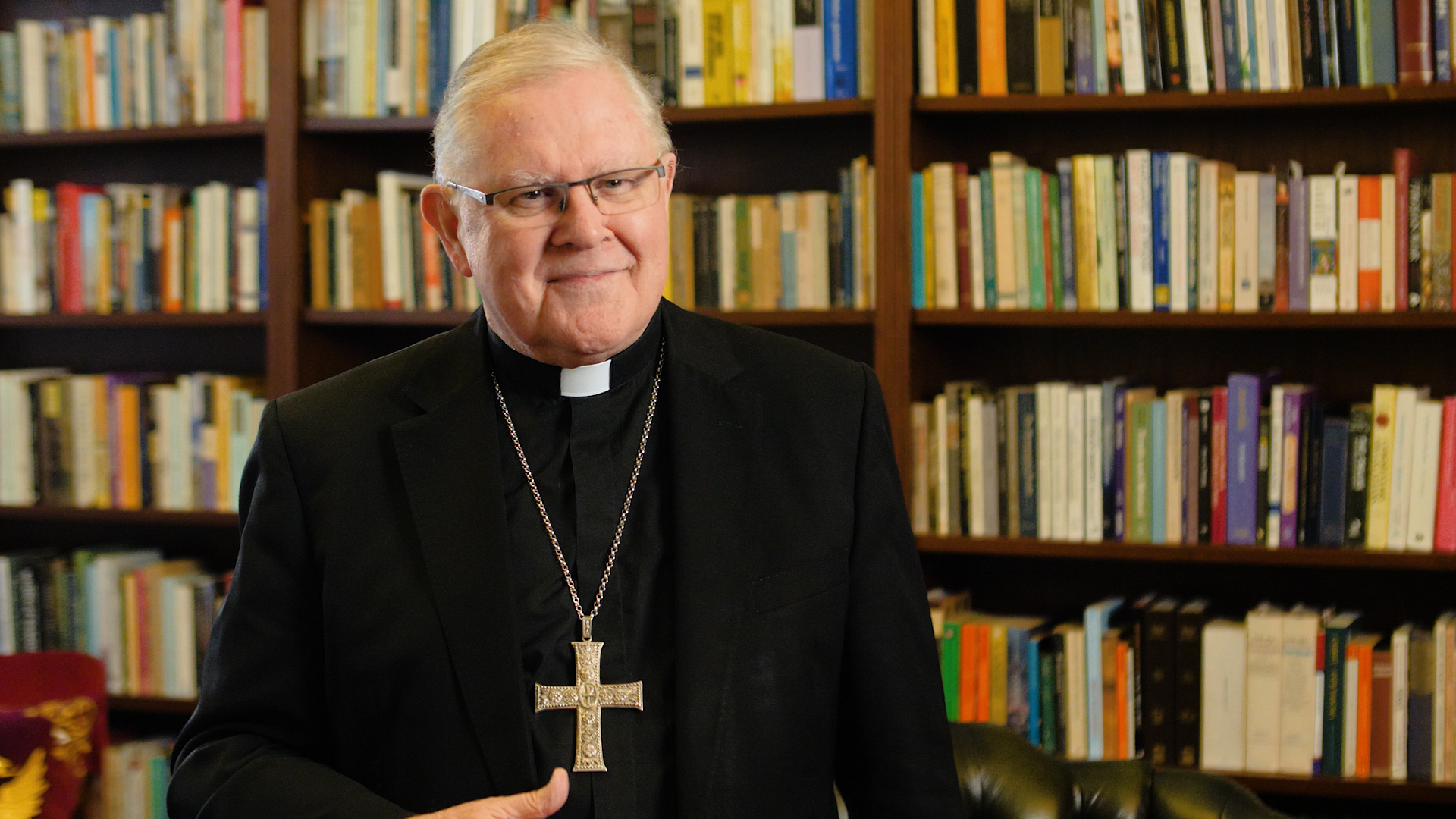Warfare has changed dramatically in the span of time we remember on Anzac Day. Perhaps the greatest emblem of that change was the dropping of the atom bomb on Hiroshima on 6 August 1945. We have all seen images and read stories of the apocalyptic devastation caused by the bomb. On that day warfare and the world changed forever.
Thirty-three days after the explosion, a young woman, Toshiko Sasaki, was being transferred to a hospital where her badly injured leg could be treated. This was the first she had seen of the devastation, because she was 1.5 km from the epicentre when the explosion happened. She was astonished by what she saw – not just the ruined city but also the way in which nature was striking back with a vengeance. In his book Hiroshima, John Hersey tells of what Toshiko saw:
Over everything – up through the wreckage of the city, in gutters, along the riverbanks, tangled among the tiles and tin roofing, climbing on charred tree trunks – was a blanket of fresh, vivid, lush, optimistic green; the verdancy rose even from the foundations of ruined houses. Weeds already hid the ashes, and wild flowers were in bloom among the city’s bones. The bomb had not only left the underground organs of plants intact; it had stimulated them.
At the time it was thought that, because of radioactive contamination, Hiroshima would be barren and uninhabitable for perhaps seventy years. But the heavy rains that fell after the bomb brought spectacular new growth. Seedlings sprang from every patch of bare ground. People planted their crops and harvests were good: the closer to the epicentre, the better they were. The bomb had sterilised the soil and the ashes had fertilised it. It had wrought a new kind of destruction, but it had also made new life possible. Death was all around, but life prevailed: that was what amazed Toshiko Sasaki.
It amazes us too as we contemplate the devastation caused by all the conflicts remembered on Anzac Day. Warfare may have changed over time, but death still claims to have the last word. On Anzac Day we face the lethal reality of war, all the more so now given the weaponry we possess. But we also say that life prevails, that life not death, peace not violence, has the last word, turning the killing fields to a garden, the garden in which Jesus rises from the dead.
In the city that Toshiko Sasaki saw, it was the natural world which rose from the ruins. On Anzac Day we remember that it was another seed which nothing could destroy and which in the midst of all the destruction has yielded a harvest of human flourishing, making peace and freedom possible. It was the seed of human self-sacrifice which thrust down deep and indestructible roots into the soil of the world.
In Hiroshima, it was “the underground organs of plants” that were left intact and stimulated, springing into life almost immediately because of the bomb and the rain it provoked. On the battlefields remembered today it was not so much “the underground organs of plants” that were left intact and stimulated but “the underground organs” of humanity. Therefore, on this day we see and celebrate the rich fruits and the wild flowers that “bloom among the city’s bones” as life has the victory over death. That will never change.
